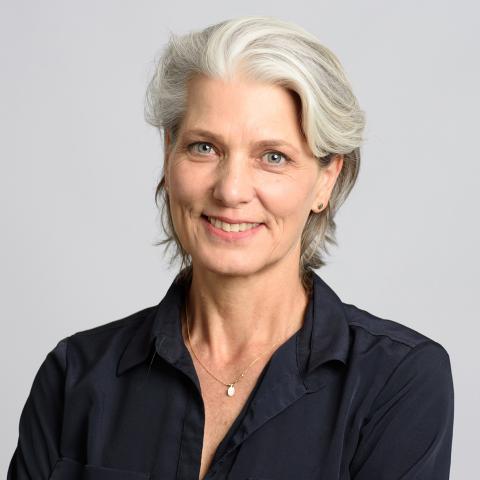Twelve Years Later, HIV in Namibia Looks Very Different
There's been enormous progress here, but adolescent girls and young women still face particular risk.


Kate Stratten brings over 20 years of leadership and technical experience managing multimillion-dollar, international public health projects.
For the past 16 years, Stratten has held several leadership positions at IntraHealth, including senior program manager, regional director, and vice president of programs. She has been instrumental in developing IntraHealth’s 2030 strategy and establishing a decentralized, regional structure; building IntraHealth’s PEPFAR and local capacity-strengthening portfolio; and institutionalizing data-driven growth and high-quality programming. She excels in leading global teams and fostering a culture of collaboration and equality.
Stratten’s areas of expertise include HIV and AIDS, family planning, gender-based violence, maternal and child health, and health systems strengthening. Prior to joining IntraHealth, she worked for Johns Hopkins Center for Communications Programs, where she led initiatives such as the establishment of the AIDS Resource Center in Ethiopia, the national AIDS Hotline in South Africa and served as technical advisor for a large HIV/AIDS program in Namibia.
She holds a bachelor's degree and honors in social work from the University of Cape Town.
There's been enormous progress here, but adolescent girls and young women still face particular risk.
Health workers who understand those at greatest risk of contracting HIV are more likely to reach them.
Putting what we already know works into practice is key to the fight against AIDS.
It looks like a little ketchup packet. But it could help HIV-positive women throughout Zambia give their newborns a virus-free start.
Three groups of 24 Ethiopian midwives learned basic emergency obstetric care skills, such as inserting catheters and postabortion care.
Bata Geleto walks up to a small mud house in Shashemene, a town in the southern region of Ethiopia. She carries a large, blue bag and an umbrella to protect herself from the sun as she walks house to...